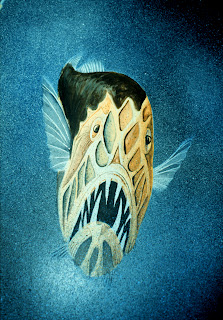The Ocean Discovery Program is a fun-filled course, which delivers most of New Brunswick’s Grade 6 Diversity of Life Science Unit. The two-day on-site experience gives students the opportunity – some for the first time – to spend a night away from home in a university research-style setting. Highlights of the program include:
· a workbook with pre and post activities,
· a visit to a local beach to study species inhabiting the intertidal zone,
· collecting live specimens for examination in the lab,
· performing experiments using live sea stars and urchins,
· using microscopes to study plankton, and
· introductions to a variety of local arthropods, including lobsters.
Learning about plankton - the base of the marine food web.
Everyone loves to search for crabs on the beach!
Learning how to conduct experiments using live animals.































